







Performance:
Maximum speed 1,300 mph,
Range 850 miles
Service ceiling 60,000+ ft
Armament:
2 x 30 mm Aden cannons
2 x Firestreak air-to-air missiles
English Electric Lightning F.1
Dimensions:
Wingspan 39 ft 1 ins,
Length 36 ft 4 ins,
Height 13 ft 11 ins
Crew: 1
Entered service: 1960
Number built: 337

Scroll down to see all the illustrations on this page








S P E C I F I C A T I O N :
Weights:
Empty 12,505 lbs,
Maximum take-off 20,900 lbs
Powerplant:
Two 2,070 hp Rolls-Royce
130/131 inline engines
Performance:
Maximum speed 472 mph,
Range 1,500 miles,
Service ceiling 37,500 ft
Armament:
4 x 20 mm cannons
Bombload 2,000 lbs
Dimensions:
Wingspan 45 ft,
Length 36 ft 8 ins,
Height 16 ft 2 ins
Crew: 1
Entered service: 1946
Number built: 174

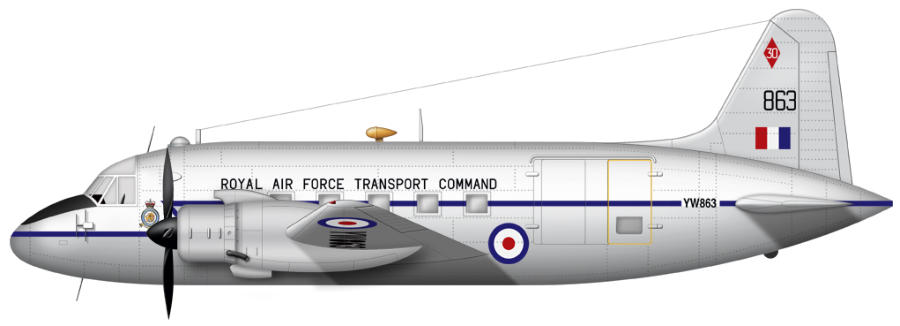
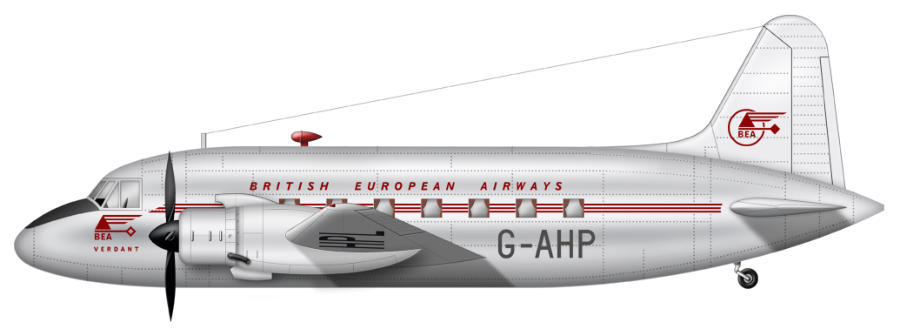
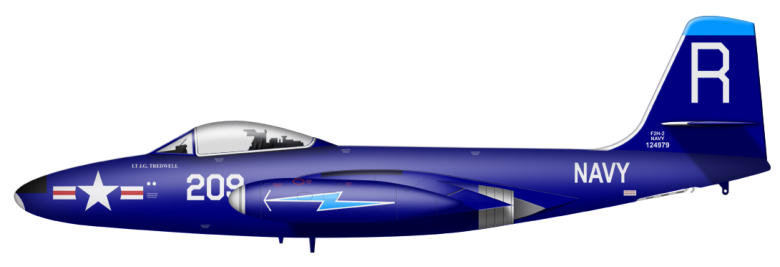
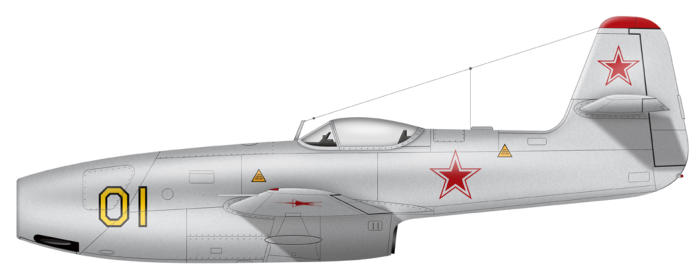
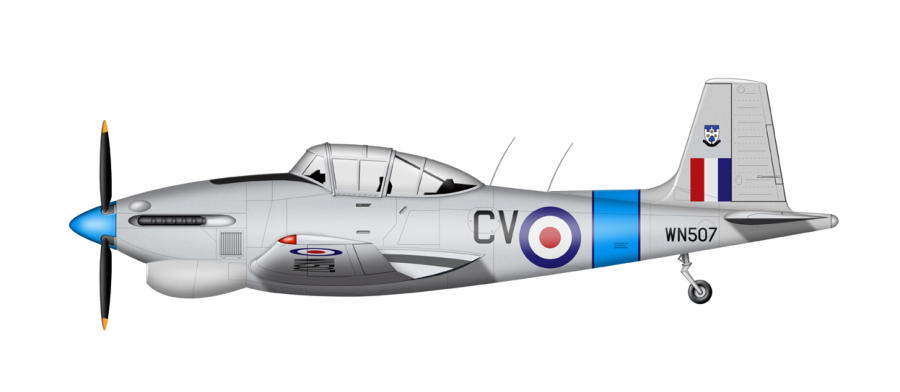

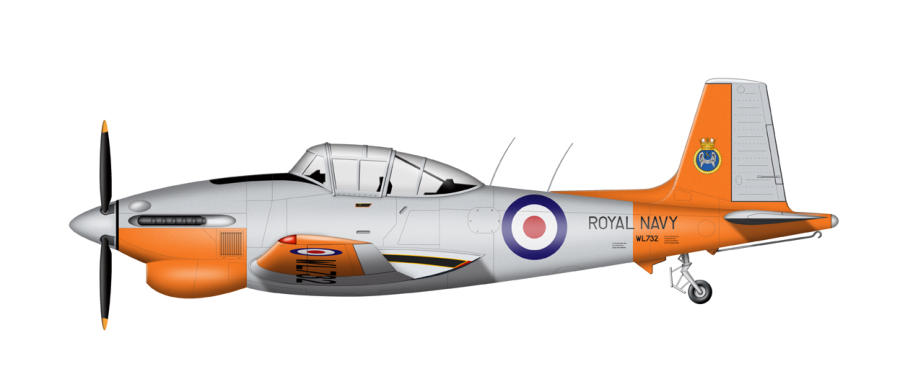




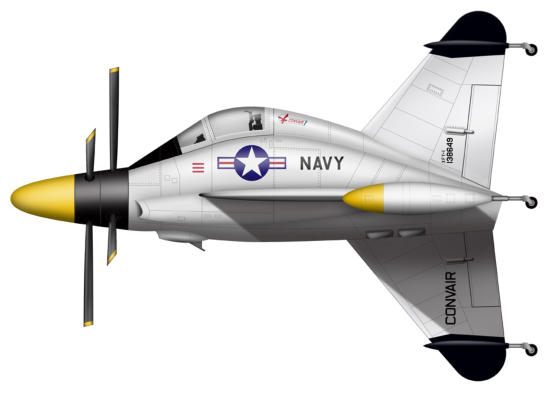

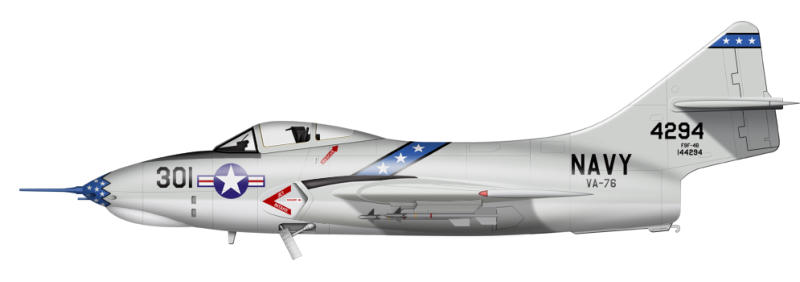
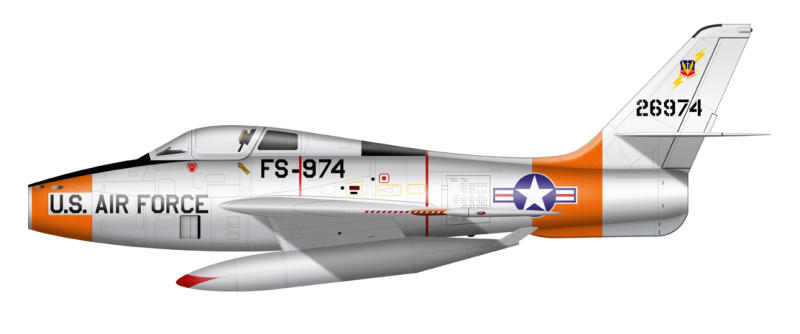
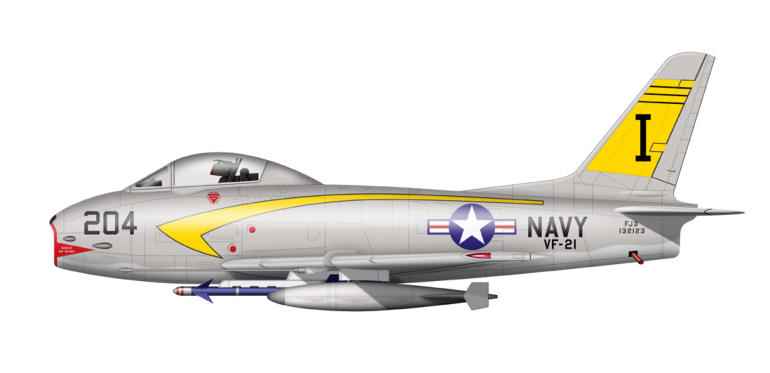
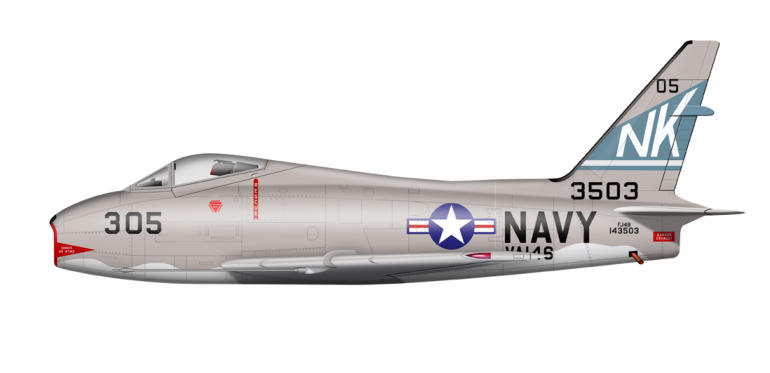
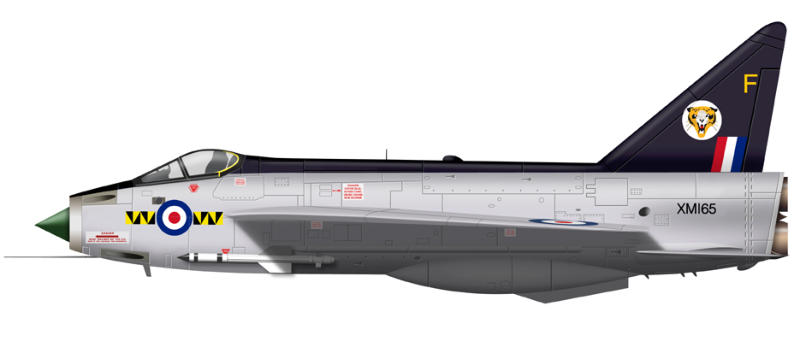
Performance:
Maximum speed 1,300 mph,
Range 850 miles
Service ceiling 60,000+ ft
Armament:
2 x 30 mm Aden cannons
2 x Firestreak air-to-air missiles
English Electric Lightning F.6
Dimensions:
Wingspan 39 ft 1 ins,
Length 36 ft 4 ins,
Height 13 ft 11 ins
Crew: 1
Entered service: 1960
Number built: 337

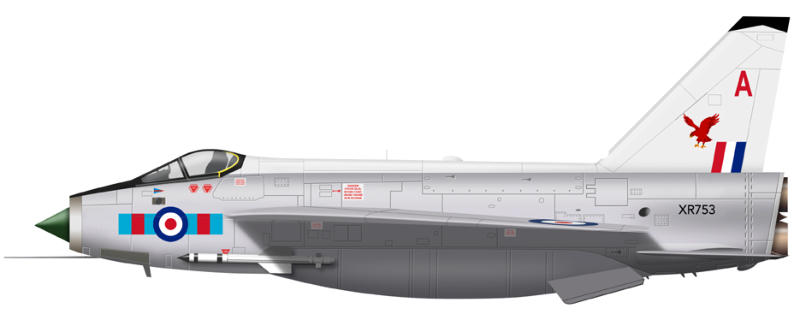









Pages
















Pages











